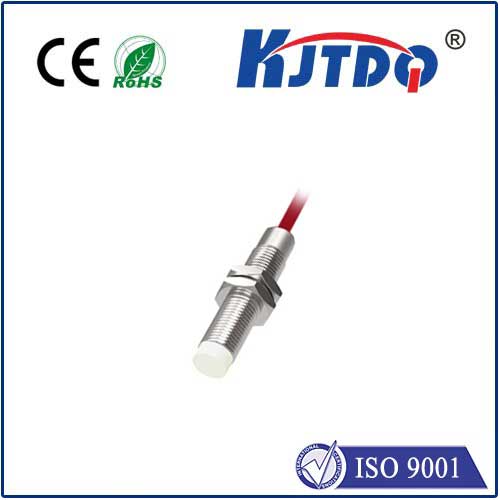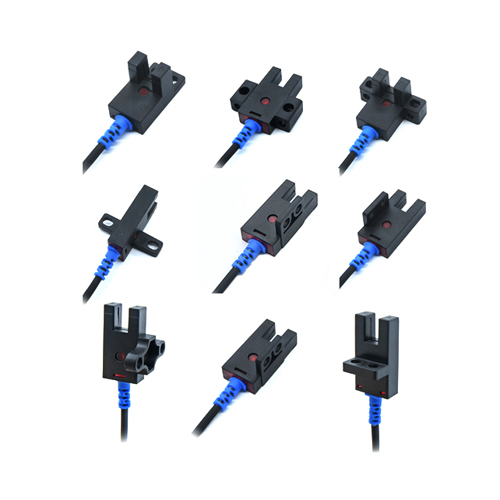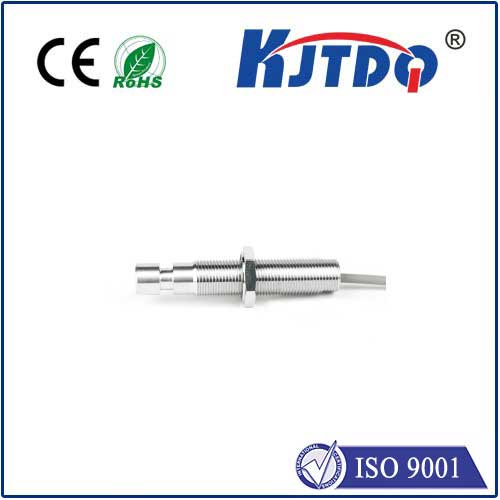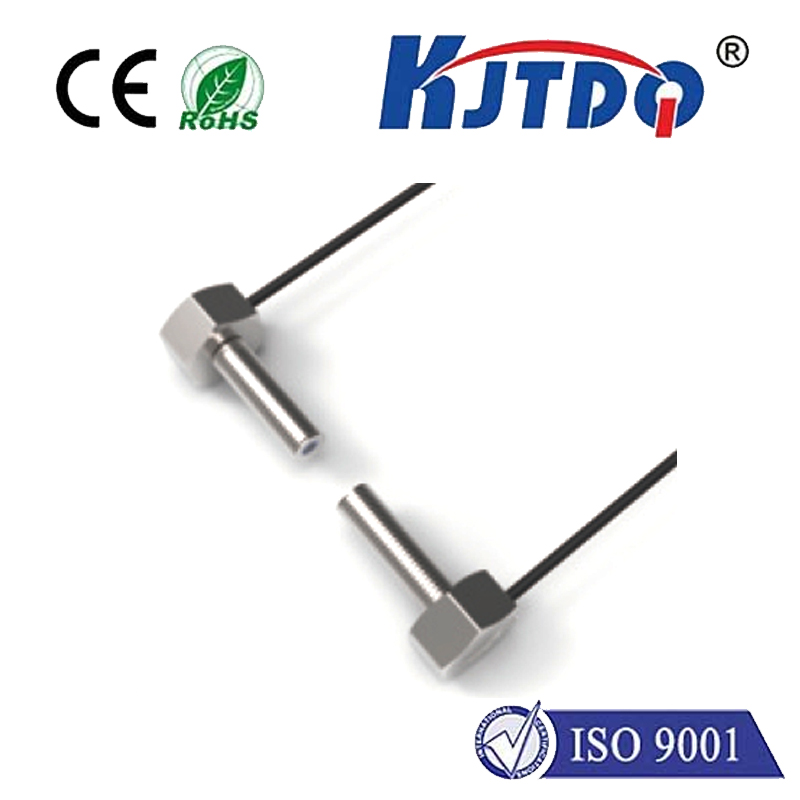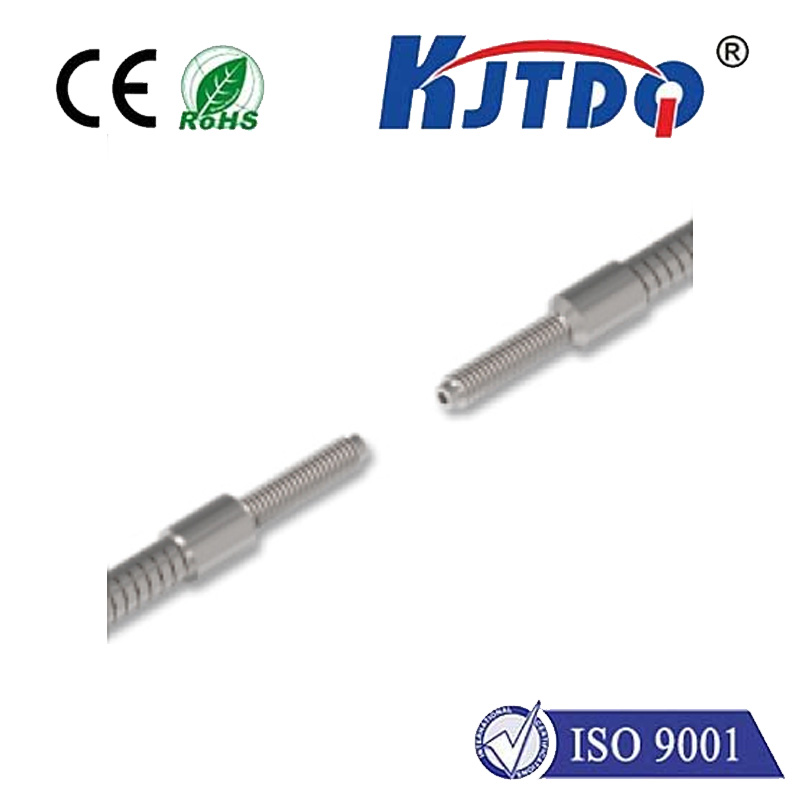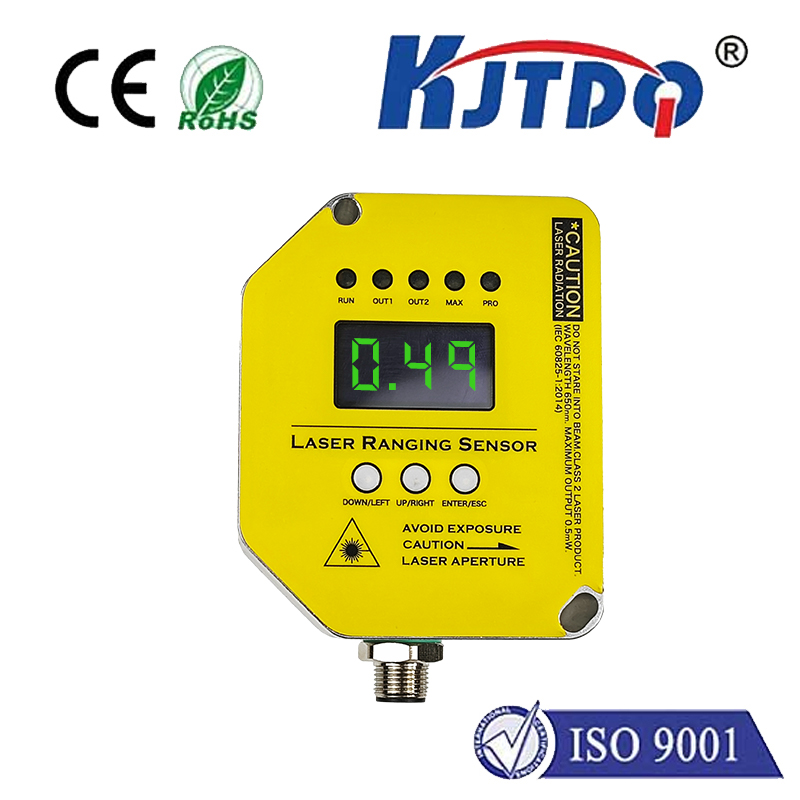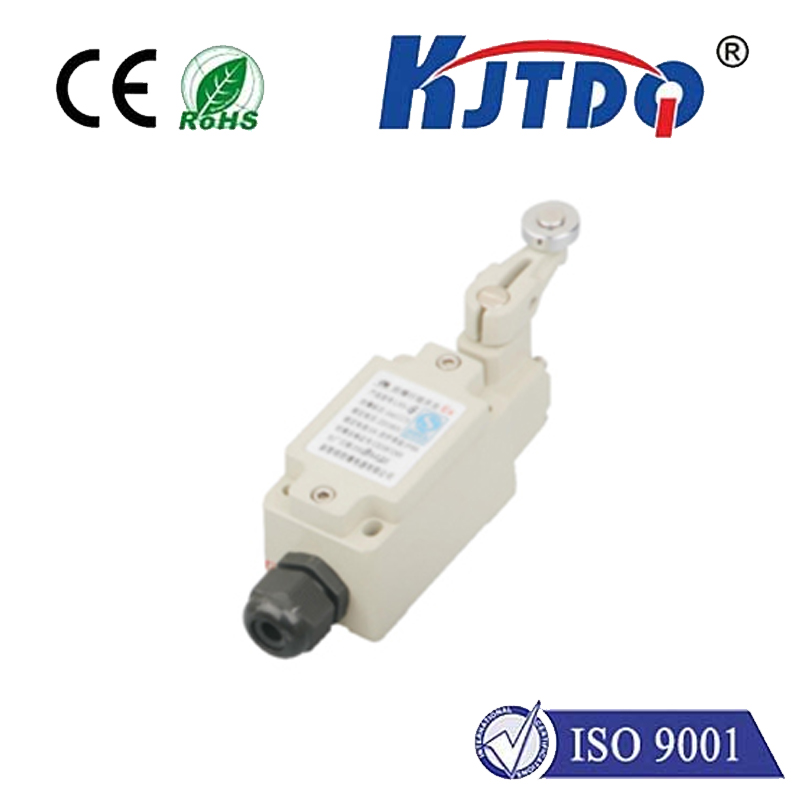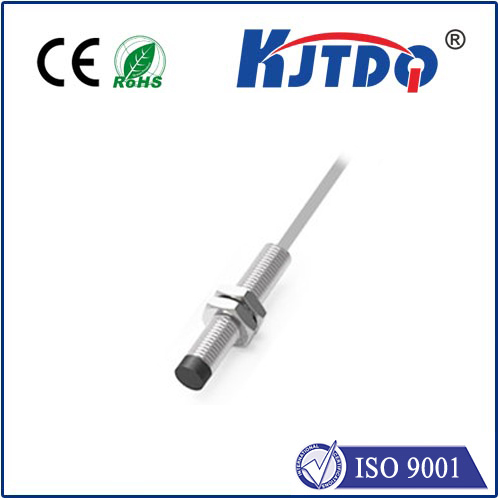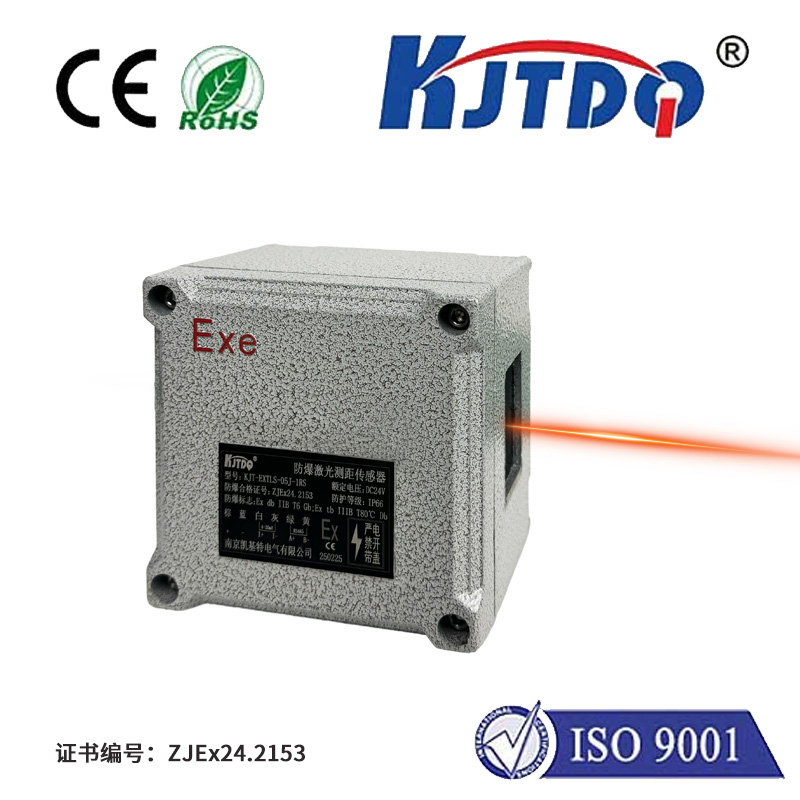gear speed sensor
- time:2024-10-20 03:10:13
- Click:0

Title: Understanding the Importance of Gear Speed Sensors in Modern Technology
Introduction
In the world of modern technology, sensors play a crucial role in enabling devices to gather information about their environment. One such sensor that has gained significant importance in recent years is the gear speed sensor. This article aims to explore the significance of gear speed sensors and how they contribute to various applications across different industries.
What is a Gear Speed Sensor?
A gear speed sensor, also known as a tachogenerator, is an electronic device that measures the rotational speed of a rotating shaft or axle. It does this by detecting the movement of teeth on a gear wheel attached to the shaft. The number of teeth passing by the sensor per unit time corresponds to the rotational speed of the shaft.
Working Principle of Gear Speed Sensors
Gear speed sensors work on the principle of electromagnetic induction. They consist of a coil wrapped around a soft iron core, which is mounted close to the surface of the rotating shaft or axle. As the shaft rotates, the teeth on the gear wheel pass by the sensor, inducing an alternating current (AC) voltage in the coil due to electromagnetic induction. The frequency of this AC signal is directly proportional to the rotational speed of the shaft, allowing for accurate measurement of its speed.
Applications of Gear Speed Sensors
Gear speed sensors have found widespread applications across various industries due to their accuracy, reliability, and versatility. Some of the most common applications include:
- Automotive Industry: Gear speed sensors are used in vehicles to monitor the rotational speed of wheels, transmission systems, and engine components. This information is crucial for controlling engine performance, optimizing fuel efficiency, and ensuring safety during braking and acceleration.
- Industrial Automation: In industrial settings, gear speed sensors are used to monitor the speed of conveyor belts, motors, and other machinery. By continuously measuring the rotational speed of these devices, engineers can optimize processes, reduce downtime, and prevent equipment failures.
- Aerospace Industry: Gear speed sensors are employed in aircraft engines and rotor blades to measure their rotational speed accurately. This information is essential for maintaining optimal performance, reducing vibrations, and ensuring safe operation at high altitudes.
- Marine Industry: In marine applications, gear speed sensors are used to monitor the rotational speed of boat propellers, sail drives, and other propulsion systems. By doing so, sailors can optimize fuel efficiency, improve maneuverability, and ensure safe navigation through challenging waters.
Advantages of Gear Speed Sensors
There are several advantages associated with using gear speed sensors over other types of sensors:
- High Accuracy: Gear speed sensors provide highly accurate measurements of rotational speed, making them ideal for applications where precision is critical.
- Reliability: These sensors are robust and durable, capable of withstanding harsh environmental conditions such as extreme temperatures, vibrations, and moisture.
- Versatility: Gear speed sensors can be easily integrated into various systems and configured to meet specific application requirements.
- Cost-Effective: Compared to other types of sensors, gear speed sensors offer a cost-effective solution for measuring rotational speed without compromising on performance or reliability.
Challenges Associated with Gear Speed Sensors
Despite their many benefits, gear speed sensors also face some challenges:
- Limited Range: Gear speed sensors are primarily designed for measuring low to moderate rotational speeds. At higher speeds, their accuracy may degrade due to factors such as centrifugal force and thermal expansion.
- Sensitivity to Environmental Conditions: While gear speed sensors are generally robust, they can still be affected by extreme environmental conditions such as high temperatures, humidity, and vibrations. Proper shielding and protection measures must be taken to ensure reliable operation under these conditions.
Conclusion
Gear speed sensors have become an integral part of modern technology due to their accuracy, reliability, and versatility. They find applications across various industries, from automotive and industrial automation to aerospace and marine sectors. Despite facing some challenges, gear speed sensors continue to evolve and improve, making them an essential component in the ever-growing landscape of smart devices and systems.












